Author Archives: Joao Sousa Botto
Author Archives: Joao Sousa Botto
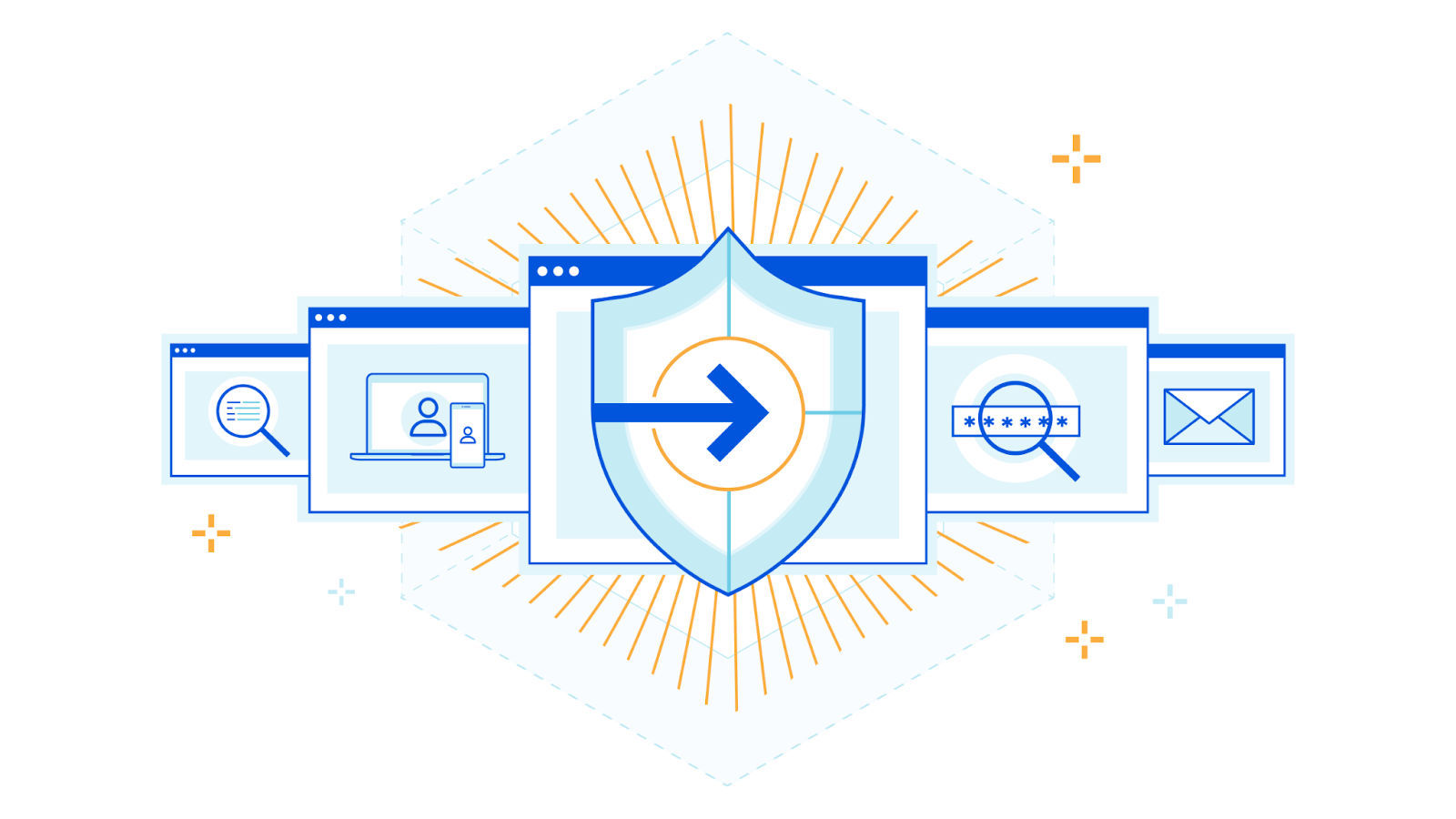
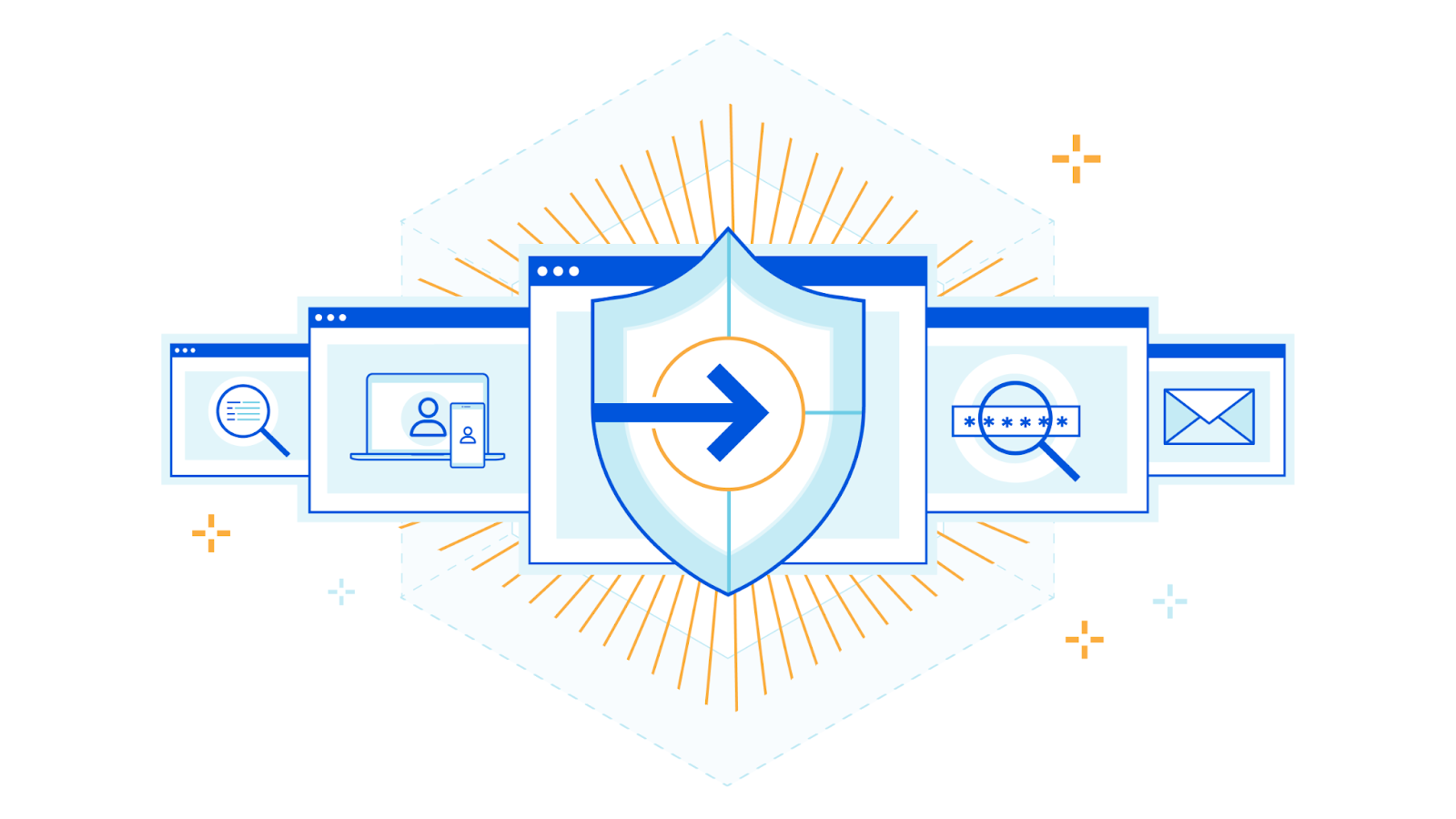
At the end of 2021 Cloudflare launched Security Center, a unified solution that brings together our suite of security products and unique Internet intelligence. It enables security teams to quickly identify potential security risks and threats to their organizations, map their attack surface and mitigate these risks with just a few clicks. While Security Center initially focused on application security, we are now adding crucial zero trust insights to further enhance its capabilities.
When your brand is loved and trusted, customers and prospects are looking forward to the emails you send them. Now picture them receiving an email from you: it has your brand, the subject is exciting, it has a link to register for something unique — how can they resist that opportunity?
But what if that email didn’t come from you? What if clicking on that link is a scam that takes them down the path of fraud or identity theft? And what if they think you did it? The truth is, even security minded people occasionally fall for well crafted spoof emails.
That poses a risk to your business and reputation. A risk you don’t want to take - no one does. Brand impersonation is a Continue reading


Email is one of the most ubiquitous and also most exploited tools that businesses use every single day. Baiting users into clicking malicious links within an email has been a particularly long-standing tactic for the vast majority of bad actors, from the most sophisticated criminal organizations to the least experienced attackers.
Even though this is a commonly known approach to gain account access or commit fraud, users are still being tricked into clicking malicious links that, in many cases, lead to exploitation. The reason is simple: even the best trained users (and security solutions) cannot always distinguish a good link from a bad link.
On top of that, securing employees' mailboxes often results in multiple vendors, complex deployments, and a huge drain of resources.
Email Link Isolation turns Cloudflare Area 1 into the most comprehensive email security solution when it comes to protecting against phishing attacks. It rewrites links that could be exploited, keeps users vigilant by alerting them of the uncertainty around the website they’re about to visit, and protects against malware and vulnerabilities through the user-friendly Cloudflare Browser Isolation service. Also, in true Cloudflare fashion, it’s a one-click deployment.
With more than a couple Continue reading
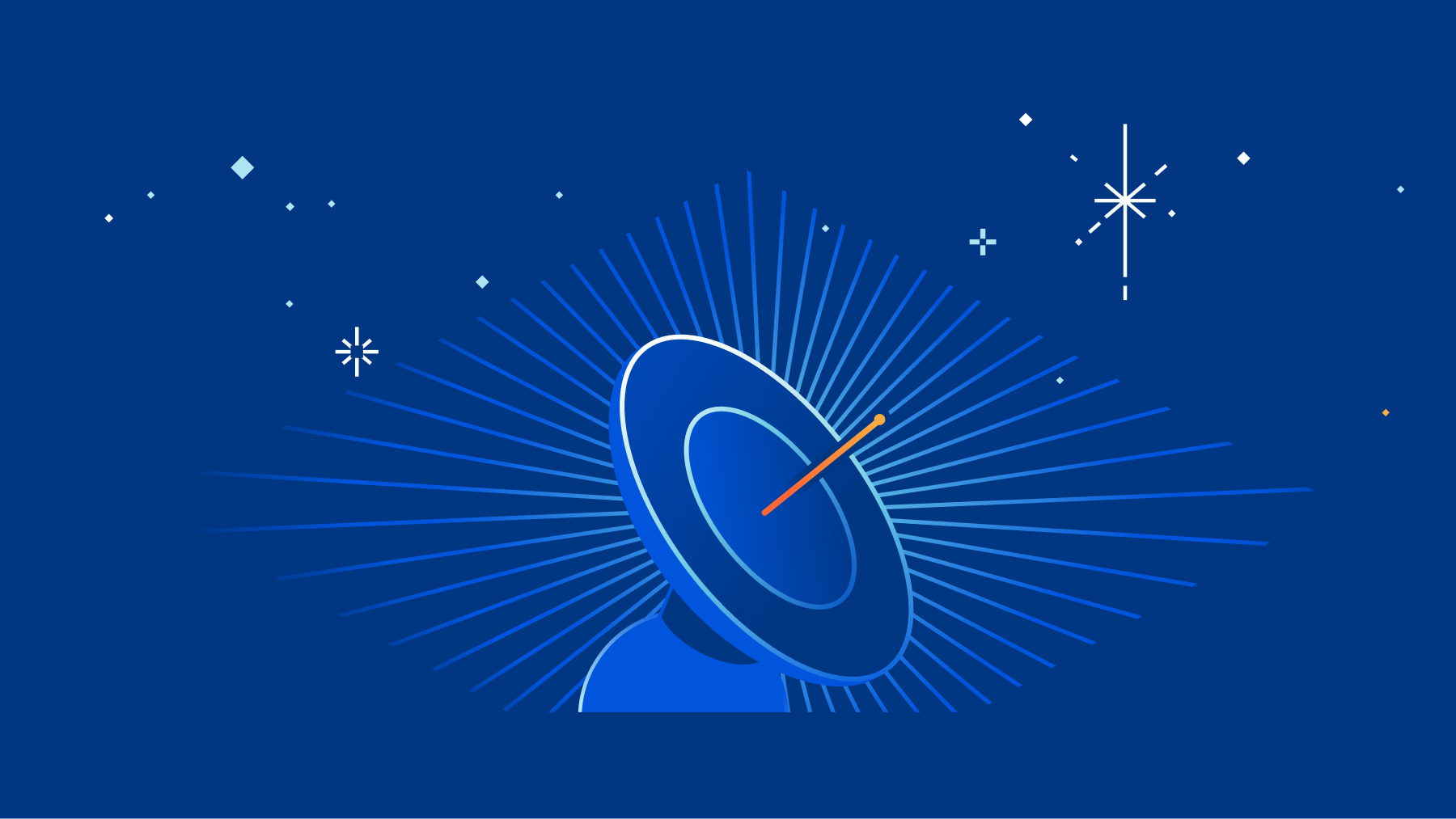
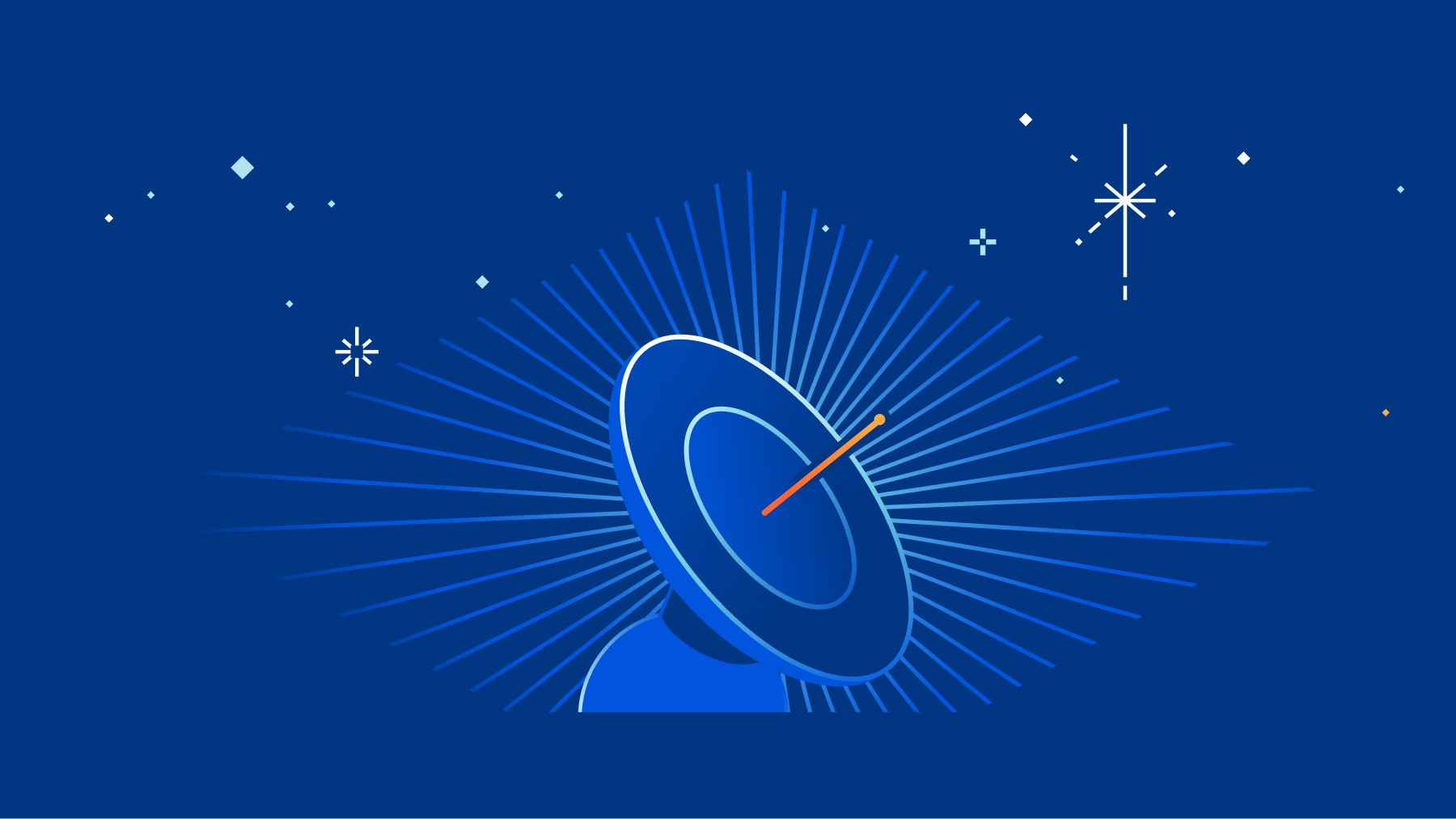
Cloudflare Radar was launched two years ago to give everyone access to the Internet trends, patterns and insights Cloudflare uses to help improve our service and protect our customers.
Until then, these types of insights were only available internally at Cloudflare. However, true to our mission of helping build a better Internet, we felt everyone should be able to look behind the curtain and see the inner workings of the Internet. It’s hard to improve or understand something when you don’t have clear visibility over how it’s working.
On Cloudflare Radar you can find timely graphs and visualizations on Internet traffic, security and attacks, protocol adoption and usage, and outages that might be affecting the Internet. All of these can be narrowed down by timeframe, country, and Autonomous System (AS). You can also find interactive deep dive reports on important subjects such as DDoS and the Meris Botnet. It’s also possible to search for any domain name to see details such as SSL usage and which countries their visitors are coming from.
Since launch, Cloudflare Radar has been used by NGOs to confirm the Internet disruptions their observers see in the field, by journalists looking for Internet trends related to Continue reading
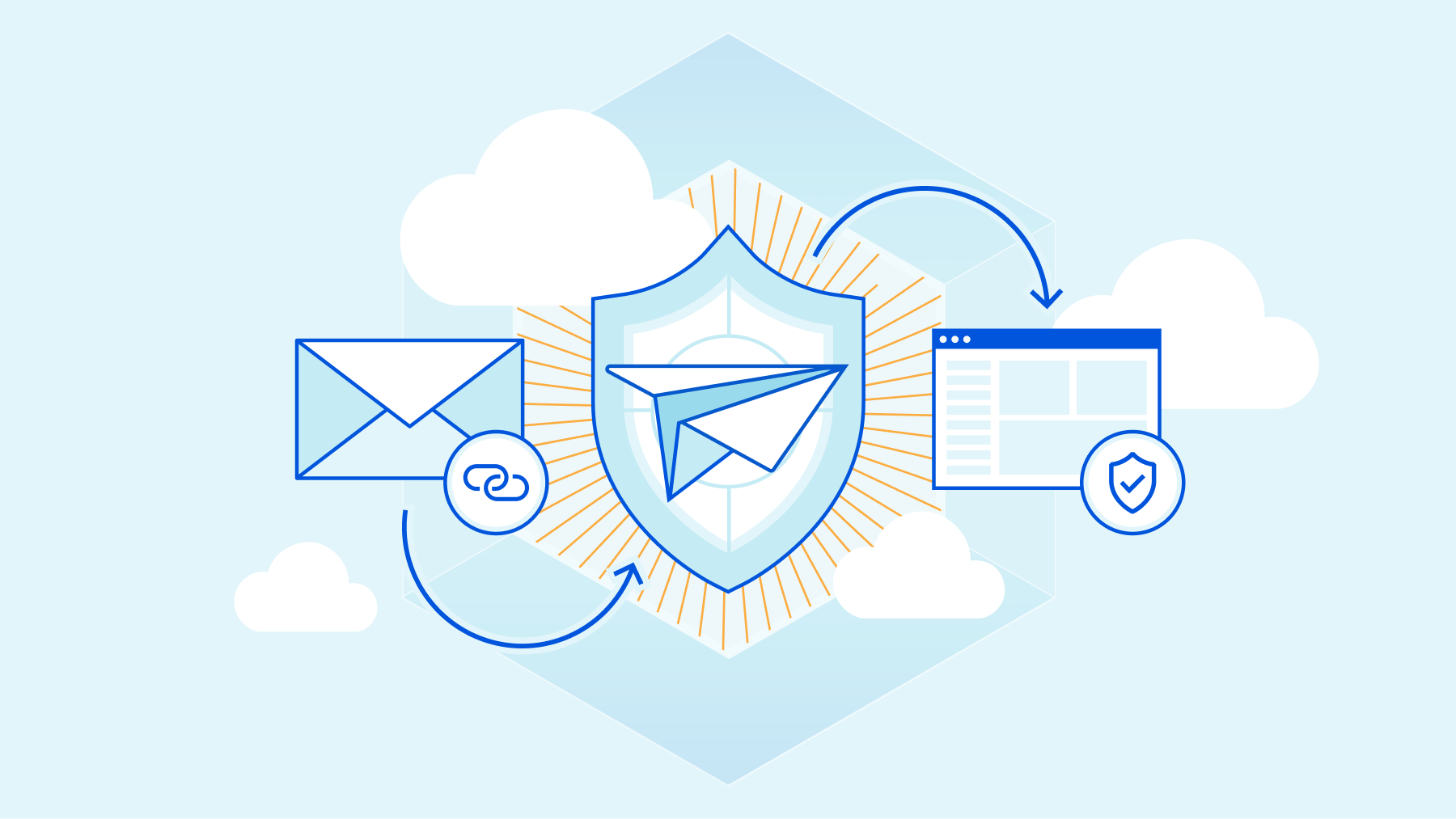
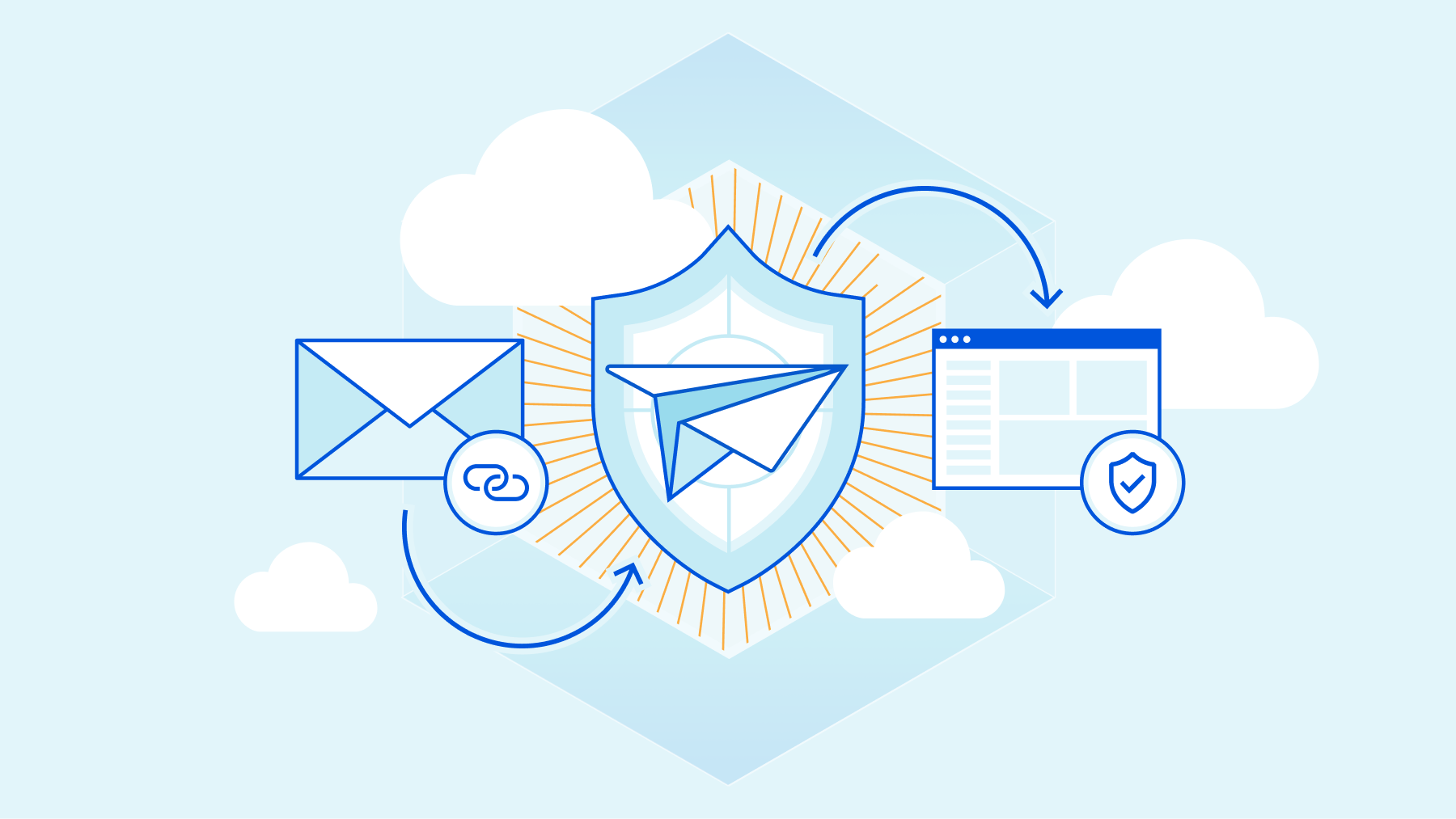
We're often told not to click on 'odd' links in email, but what choice do we really have? With the volume of emails and the myriad of SaaS products that companies use, it's inevitable that employees find it almost impossible to distinguish a good link before clicking on it. And that's before attackers go about making links harder to inspect and hiding their URLs behind tempting "Confirm" and "Unsubscribe" buttons.
We need to let end users click on links and have a safety net for when they unwittingly click on something malicious — let’s be honest, it’s bound to happen even if you do it by mistake. That safety net is Cloudflare's Email Link Isolation.
With Email Link Isolation, when a user clicks on a suspicious link — one that email security hasn’t identified as ‘bad’, but is still not 100% sure it’s ‘good’ — they won’t immediately be taken to that website. Instead, the user first sees an interstitial page recommending extra caution with the website they’ll visit, especially if asked for passwords or personal details.

From there, one may choose to not visit the webpage or to proceed and open it in a remote isolated Continue reading


On February 23, 2022, after being a customer for two years and seeing phishing attacks virtually disappear from our employee’s mailboxes, Cloudflare announced the acquisition of Area 1 Security.
Thanks to its unique technology (more on that below) Cloudflare Area 1 can proactively identify and protect against phishing campaigns before they happen, and potentially prevent the 90%+ of all cyberattacks that Deloitte research identified as starting with an email. All with little to no impact on employee productivity.
But preventing 90% of the attacks is not enough, and that’s why Cloudflare Area 1 email security is part of our Zero Trust platform. Here’s what’s new.
Starting today you will find a dedicated Email Security section on your Cloudflare dashboard. That’s the easiest way for any Cloudflare customer to get familiar with and start using Cloudflare Area 1 Email Security.
From there you can easily request a trial, which gives you access to the full product for 30 days.
Our team will guide you through the setup, which will take just a few minutes. That’s the beauty of not having to install and tune a Secure Email Gateway (SEG). You can simply configure Area Continue reading
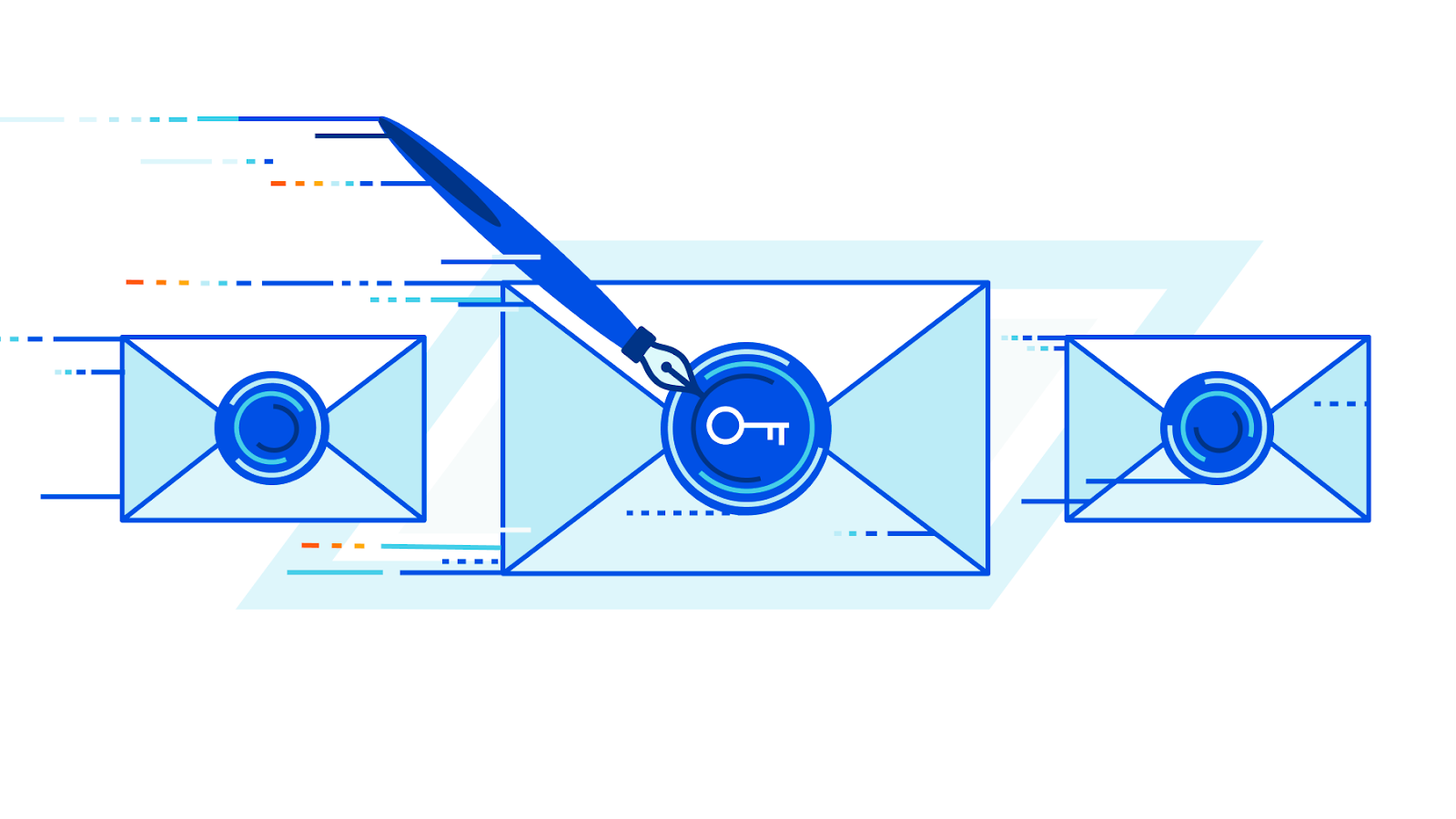
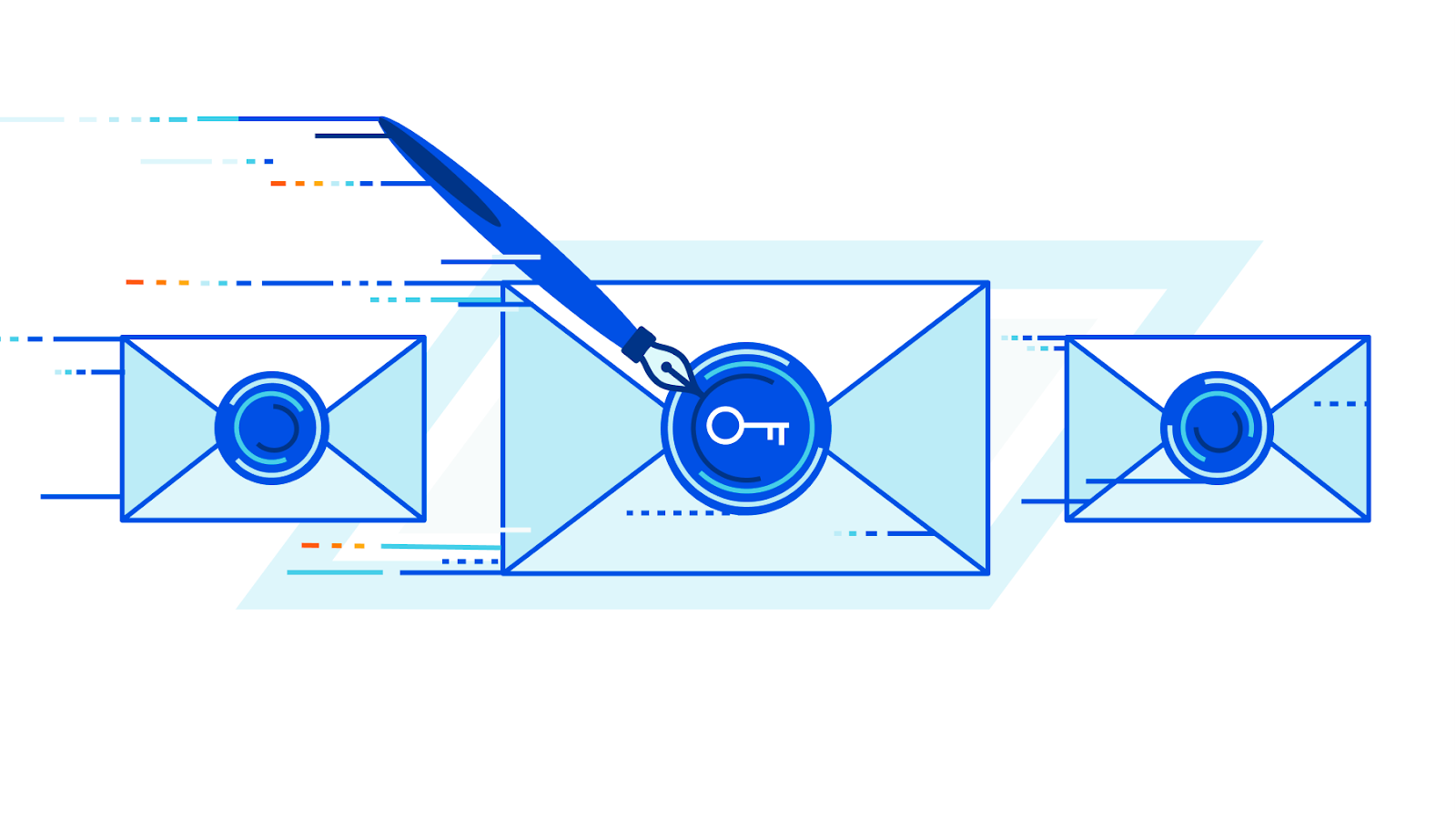
It’s been about nine months since Cloudflare announced support for Signed Exchanges (SXG), a web platform specification to deterministically verify the cached version of a website and enable third parties such as search engines and news aggregators to serve it much faster than the origin ever could.
Giving Internet users fast load times, even on slow connections in remote parts of the globe, is to help build a better Internet (our mission!) and we couldn’t be more excited about the potential of SXG.
Signed Exchanges drive quite impressive benefits in terms of performance improvements. Google’s experiments have shown an average 300ms to 400ms reduction in Largest Contentful Paint (LCP) from SXG-enabled prefetches. And speeding up your website usually results in a significant bounce rate reduction and improved SEO.
And if setting up and maintaining SXGs through the open source toolkit is a complex yet very valuable endeavor, with Cloudflare’s Automatic Signed Exchanges it becomes a no-brainer. Just enable it with one click and see for yourself.
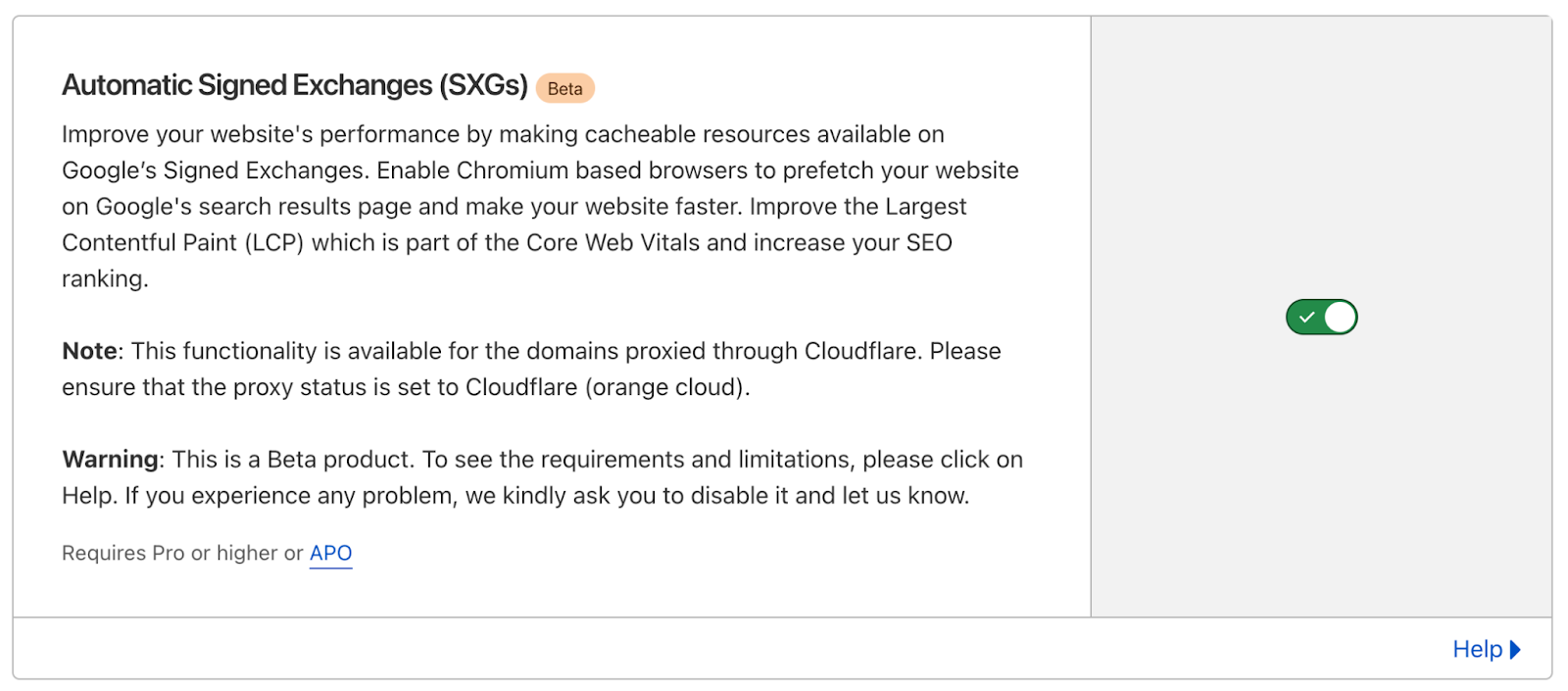
Now that Signed Exchanges have been available on Chromium for Android for several months we dove into the change in performance Continue reading
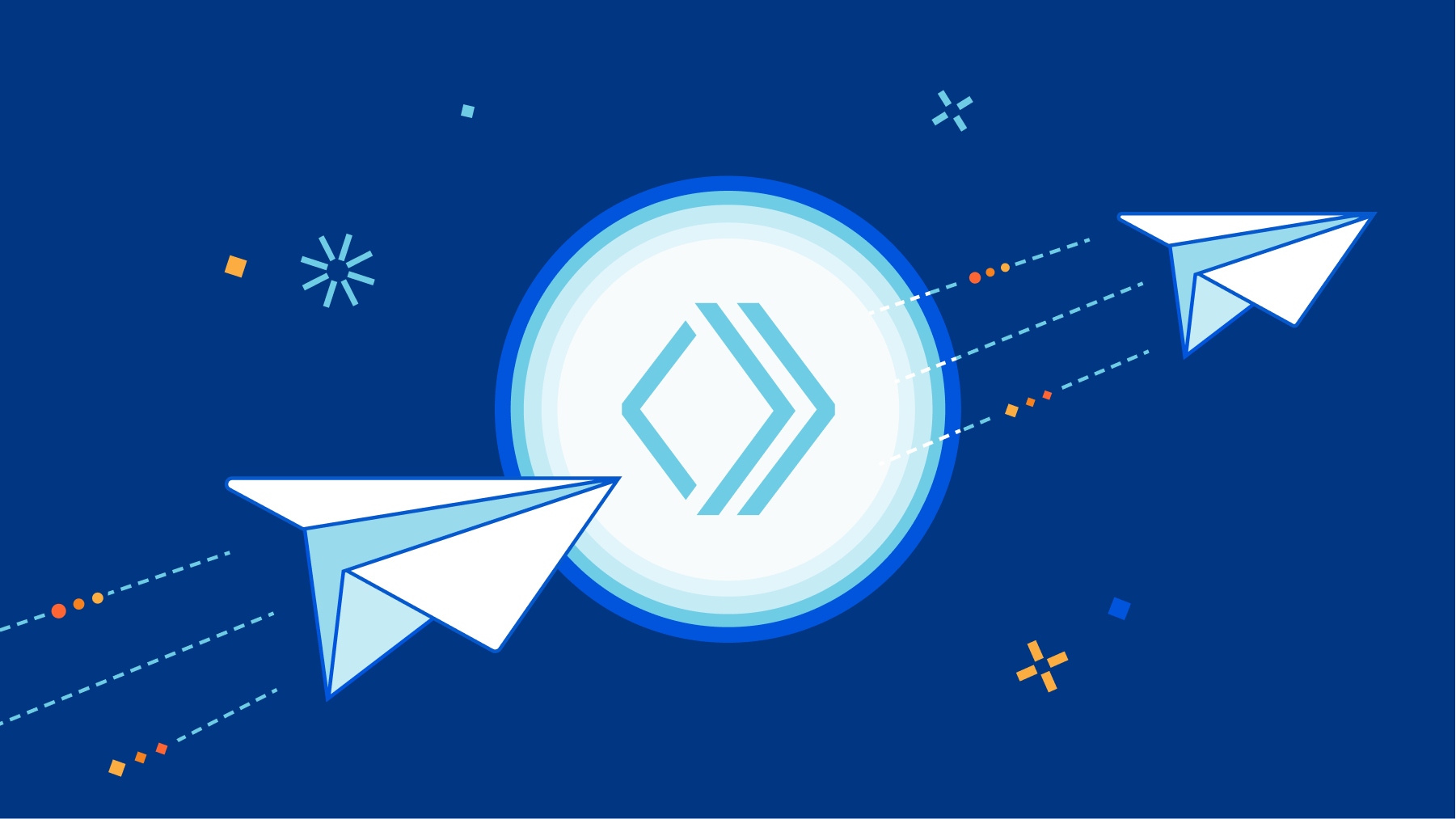

Cloudflare Email Routing has quickly grown to a few hundred thousand users, and we’re incredibly excited with the number of feature requests that reach our product team every week. We hear you, we love the feedback, and we want to give you all that you’ve been asking for. What we don’t like is making you wait, or making you feel like your needs are too unique to be addressed.
That’s why we’re taking a different approach - we’re giving you the power tools that you need to implement any logic you can dream of to process your emails in the fastest, most scalable way possible.
Today we’re announcing Route to Workers, for which we’ll start a closed beta soon. You can join the waitlist today.
When using Route to Workers your Email Routing rules can have a Worker process the messages reaching any of your custom Email addresses.

Even if you haven’t used Cloudflare Workers before, we are making onboarding as easy as can be. You can start creating Workers straight from the Email Routing dashboard, with just one click.

After clicking Create, you will be able to choose a starter that allows you to get Continue reading


Have you ever wanted to try a new email service but worried it might lead to you missing any emails? If you have, you’re definitely not alone. Some of us email ourselves to make sure it reaches the correct destination, others don’t rely on a new address for anything serious until they’ve seen it work for a few days. In any case, emails often contain important information, and we need to trust that our emails won’t get lost for any reason.
To help reduce these worries about whether emails are being received and forwarded - and for troubleshooting if needed - we are rolling out a new Overview page to Email Routing. On the Overview tab people now have full visibility into our service and can see exactly how we are routing emails on their behalf.
The first thing you will see in the new tab is an at a glance view of the service. This includes the routing status (to know if the service is configured and running), whether the necessary DNS records are configured correctly, and the number of custom and destination addresses on the zone.

Below the configuration summary, you will see more Continue reading


I won’t beat around the bush: we’ve moved Cloudflare Email Routing from closed beta to open beta 🎉
What does this mean? It means that there’s no waitlist anymore; every zone* in every Cloudflare account has Email Routing available to them.
To get started just open one of the zones in your Cloudflare Dashboard and click on Email in the navigation pane.
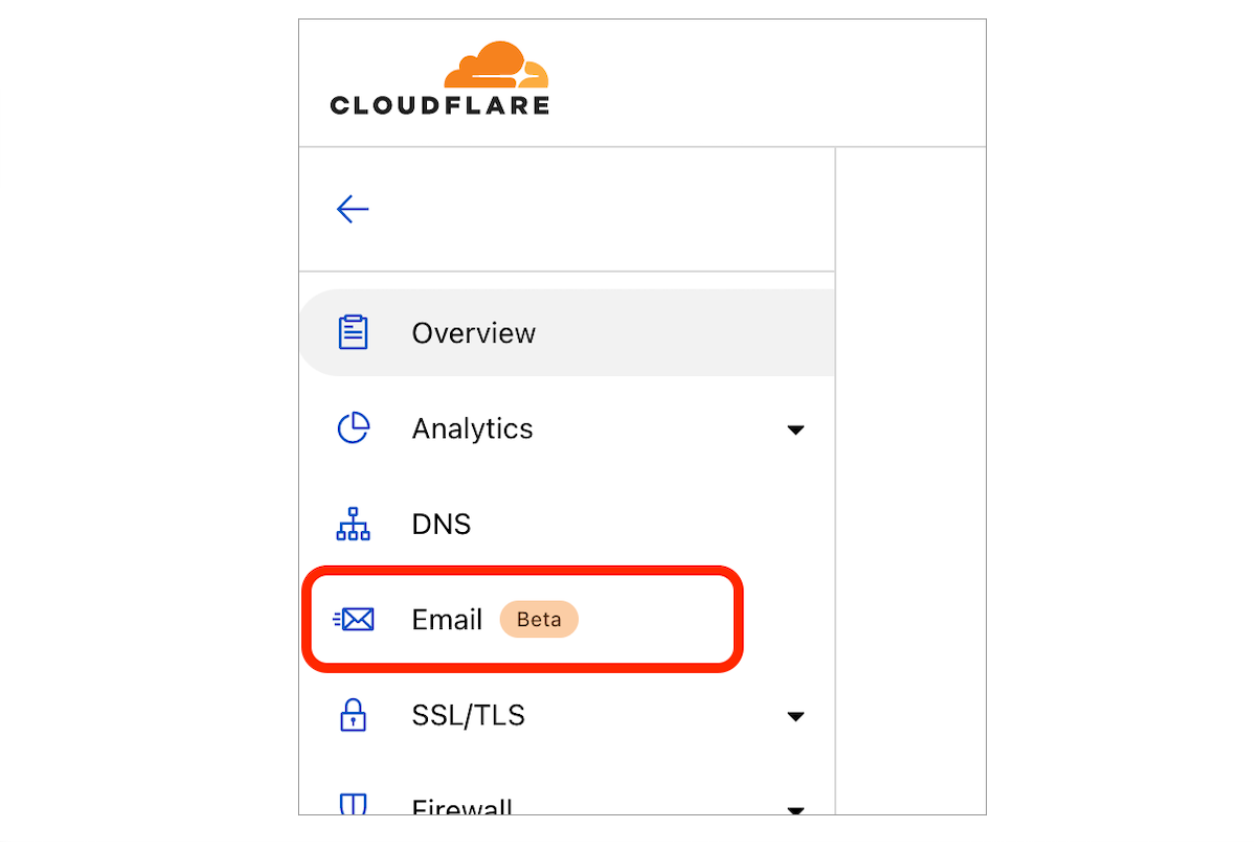
Back in September 2021, during Cloudflare’s Birthday Week, we introduced Email Routing as the simplest solution for creating custom email addresses for your domains without the hassle of managing multiple mailboxes.
Many of us at Cloudflare saw a need for this type of product, and we’ve been using it since before it had a UI. After Birthday Week, we started gradually opening it to Cloudflare customers that requested access through the wait list; starting with just a few users per week and gradually ramping up access as we found and fixed edge cases.
Most recently, with users wanting to set up Email Routing for more of their domains and with some of G Suite legacy users looking for an alternative to starting a subscription, we have been onboarding tens of thousands of new zones Continue reading
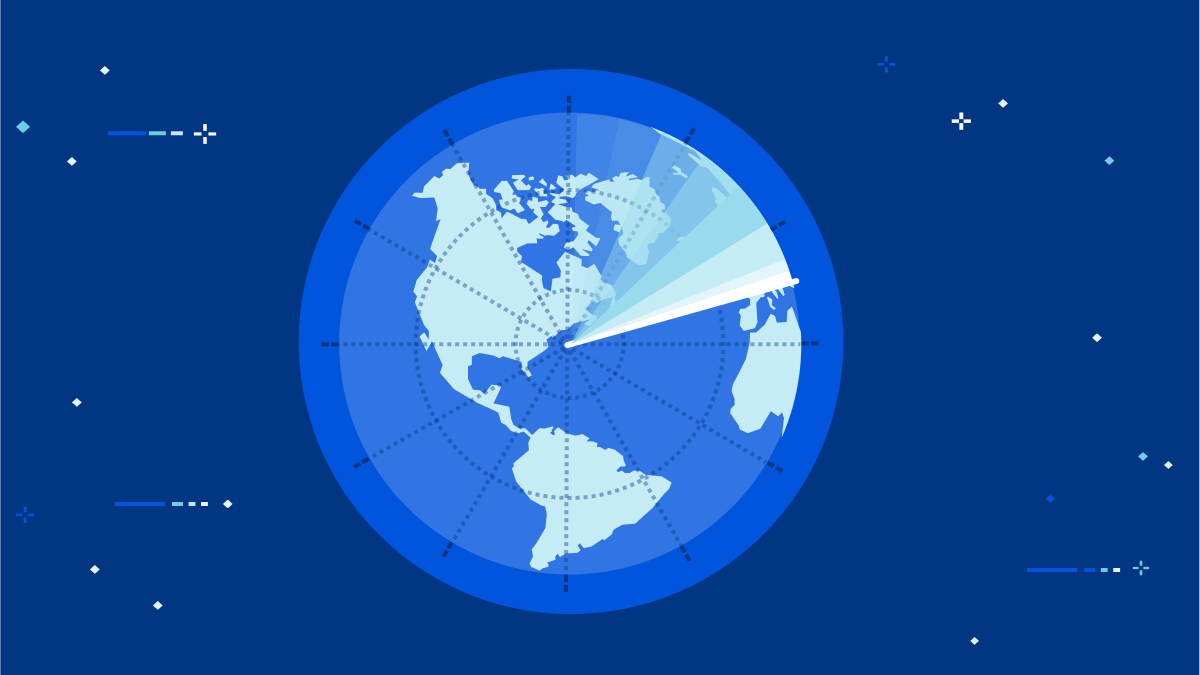
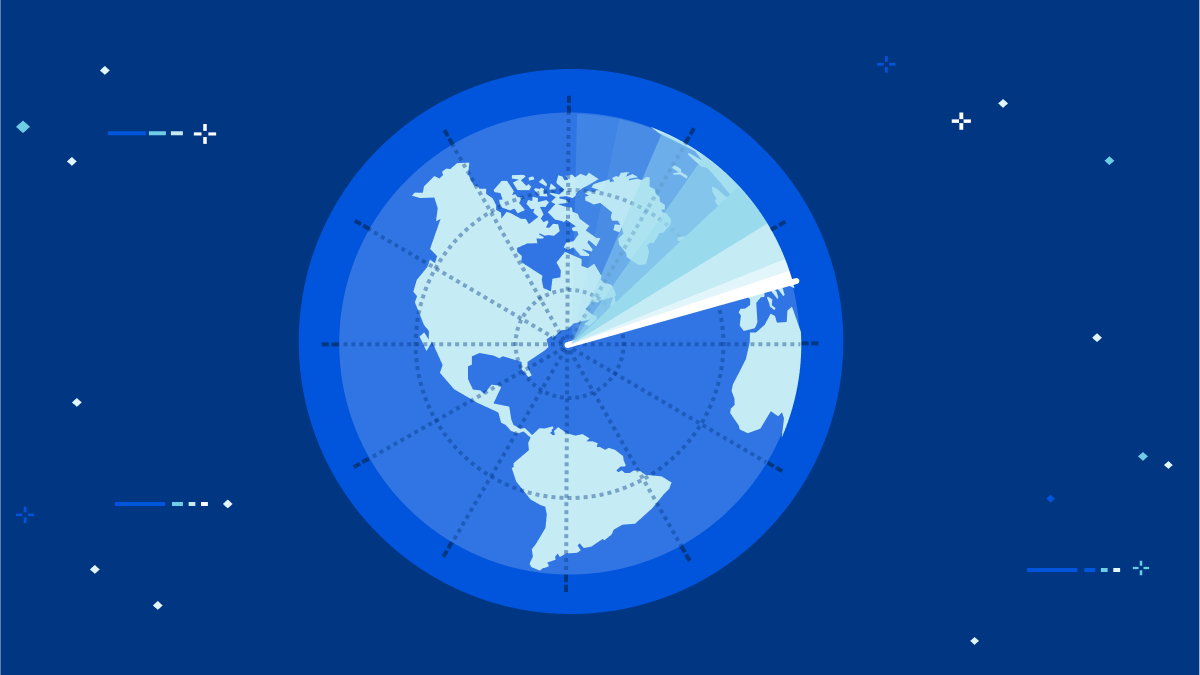
Cloudflare Radar launched as part of last year’s Birthday Week. We described it as a “newspaper for the Internet”, that gives “any digital citizen the chance to see what’s happening online [which] is part of our pursuit to help build a better, more informed, Internet”.
Since then, we have made considerable strides, including adding dedicated pages to cover how key events such as the UEFA Euro 2020 Championship and the Tokyo Olympics shaped Internet usage in participating countries, and added a Radar section for interactive deep-dive reports on topics such as DDoS.
Today, Radar has four main sections:
Cloudflare’s global network spans more than 250 cities in over 100 countries. Because of this, we have the unique ability to see both macro and micro trends happening online, including insights on how traffic is flowing around the world or what type of attacks are prevalent in a certain country.
Radar Maps will make this information even richer Continue reading
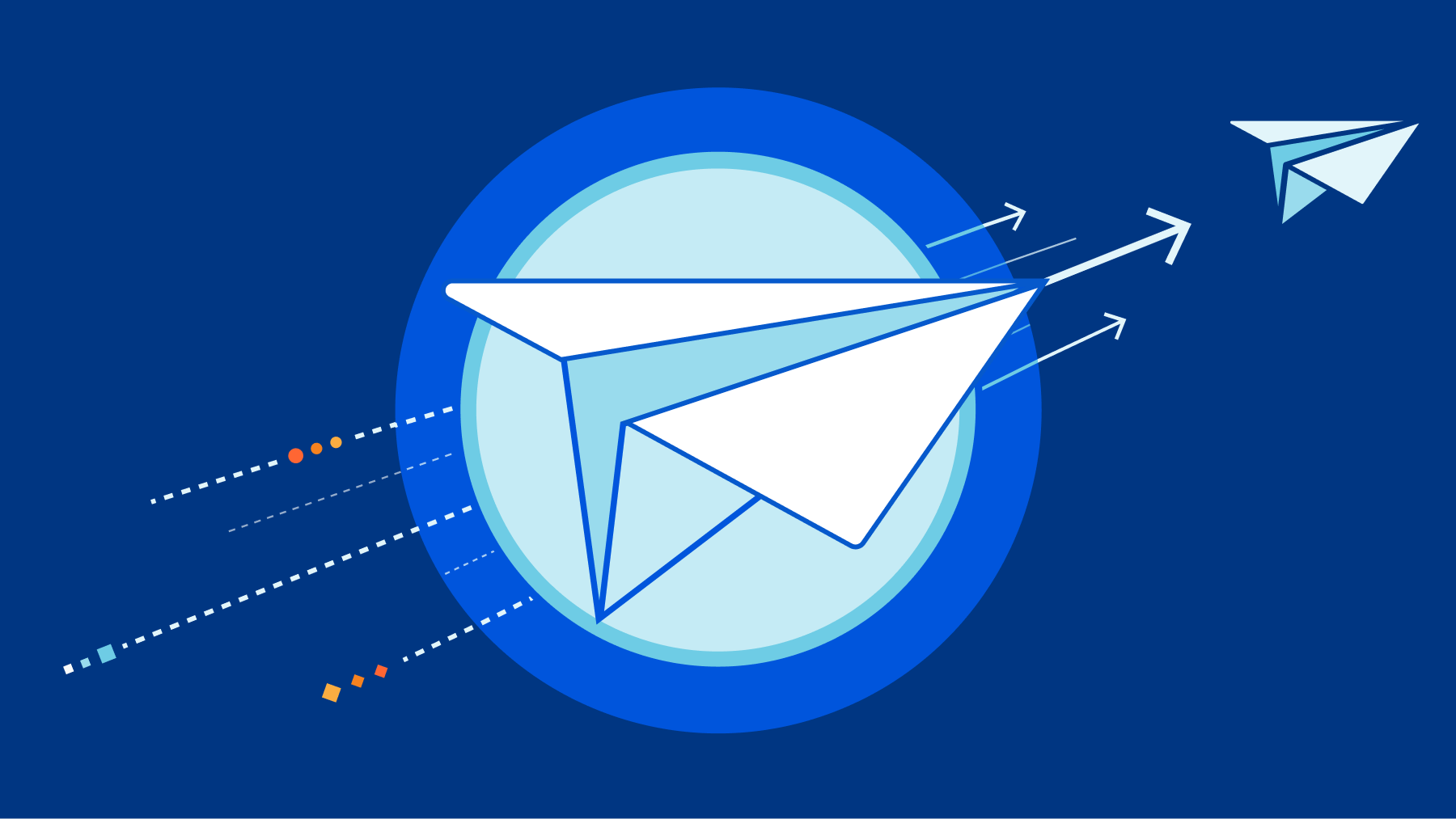
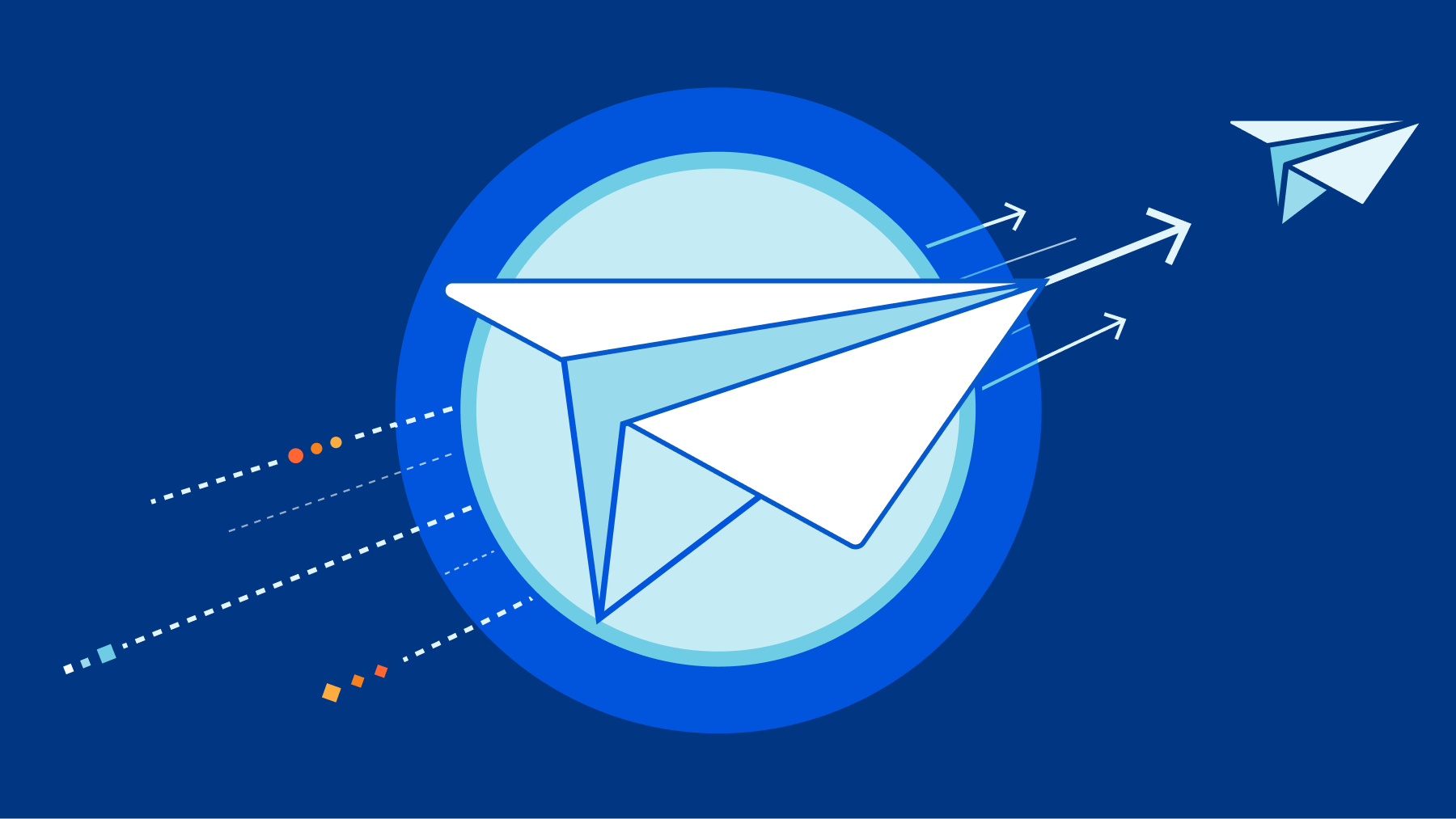
Over four billion people — or half of the world’s population — have at least one email address, many of whom use it as an essential tool to stay on top of their personal and professional matters. More than 300 billion emails are sent and received every day, but seeing email as just a communications tool wouldn’t do it justice. Its impact in our lives goes far beyond being a vessel for messages — its use cases also cover being a common way of validating one’s identity online, and serving as the gateway for other communication platforms.
Today, most people use their email for sensitive purposes, such as logging in to their bank account, or communicating with governmental entities. At the same time, they will use that email to sign up for a 10% off coupon they found online, which will surely spam them for months to come. Despite these two use cases being polar opposites in relation to importance and security, people take the risk, usually for the sake of conveniently managing one account.
Much in the same way, businesses want to have different email addresses for different types of inquiries, such as sales and support, but often find Continue reading
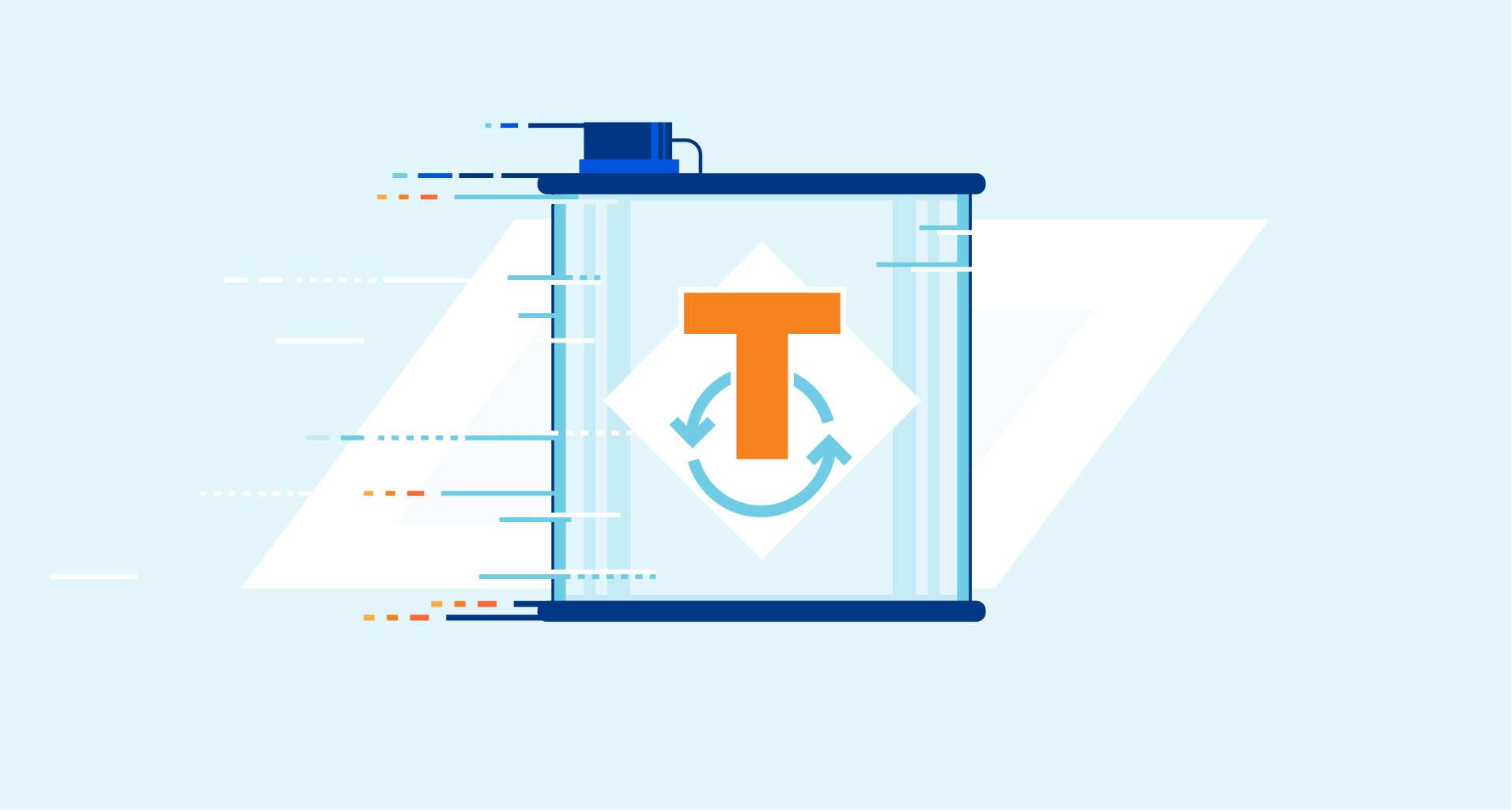
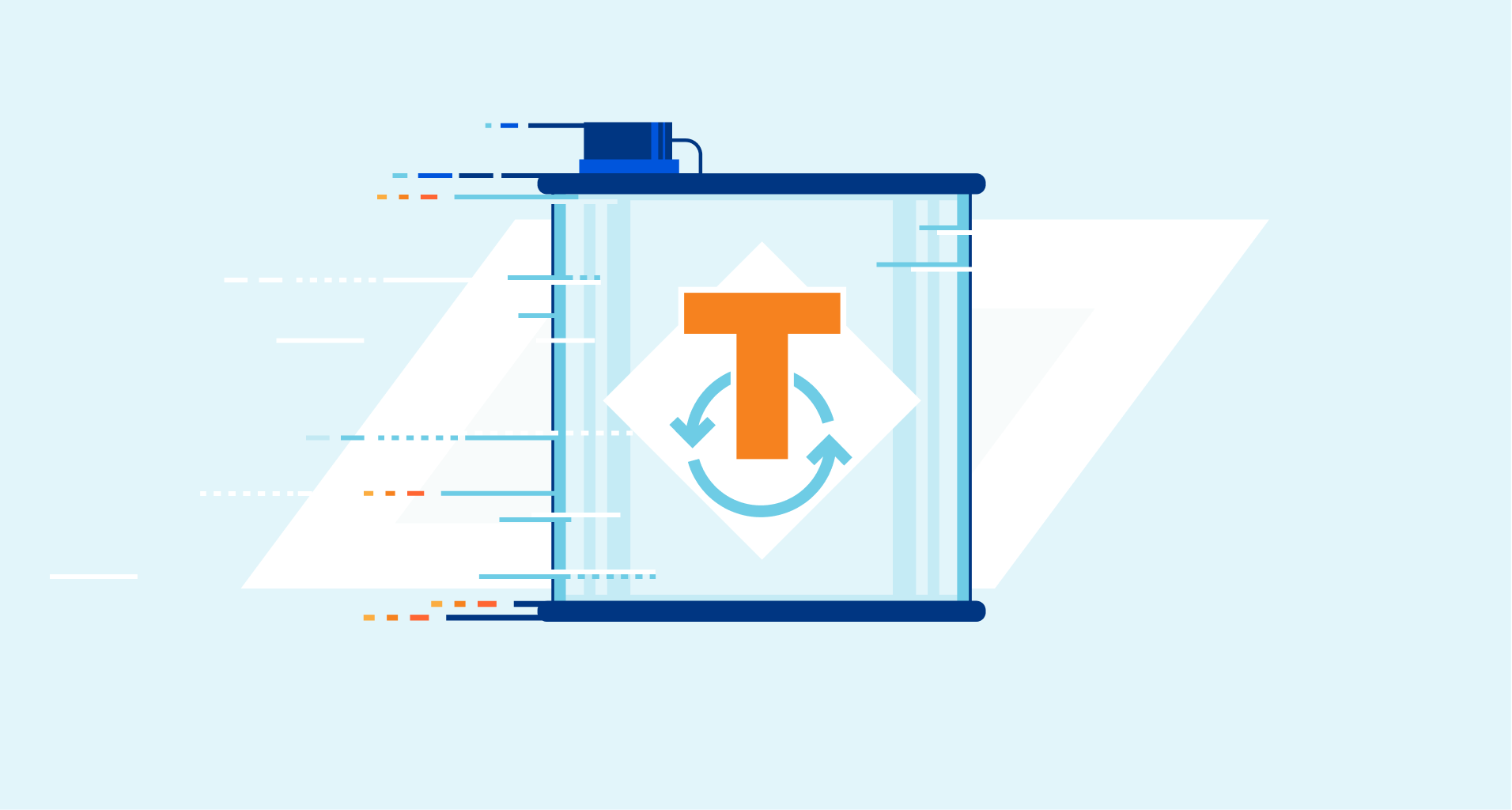
When Varnish and the Varnish Configuration Language (VCL) were first introduced 15 years ago, they were an incredibly powerful combination to configure caching on servers (and your networks). It seemed a logical choice for a language to configure CDNs — caching in the cloud.
A lot has changed on the Internet since then.
In particular, caching is just one of many things that “CDNs” are expected to do: load balancing, DDoS protection, rate limiting, transformations, synthetic responses, routing and more. But above all what “CDNs” need to be is programmable, not just configurable.
Configuration went from a niche activity to a much more common — and often involved — requirement. We’ve heard from a lot of teams that want to remove critical dependencies on the one person they have who knows how to make configuration changes — because they’re the only one on the team who knows how to write in VCL.
But it’s not just about who can write VCL — it’s what VCL is increasingly being asked to do. A lot of our customers have told us that they have much greater expectations for what they expect the network to do: they don’t just want to configure Continue reading
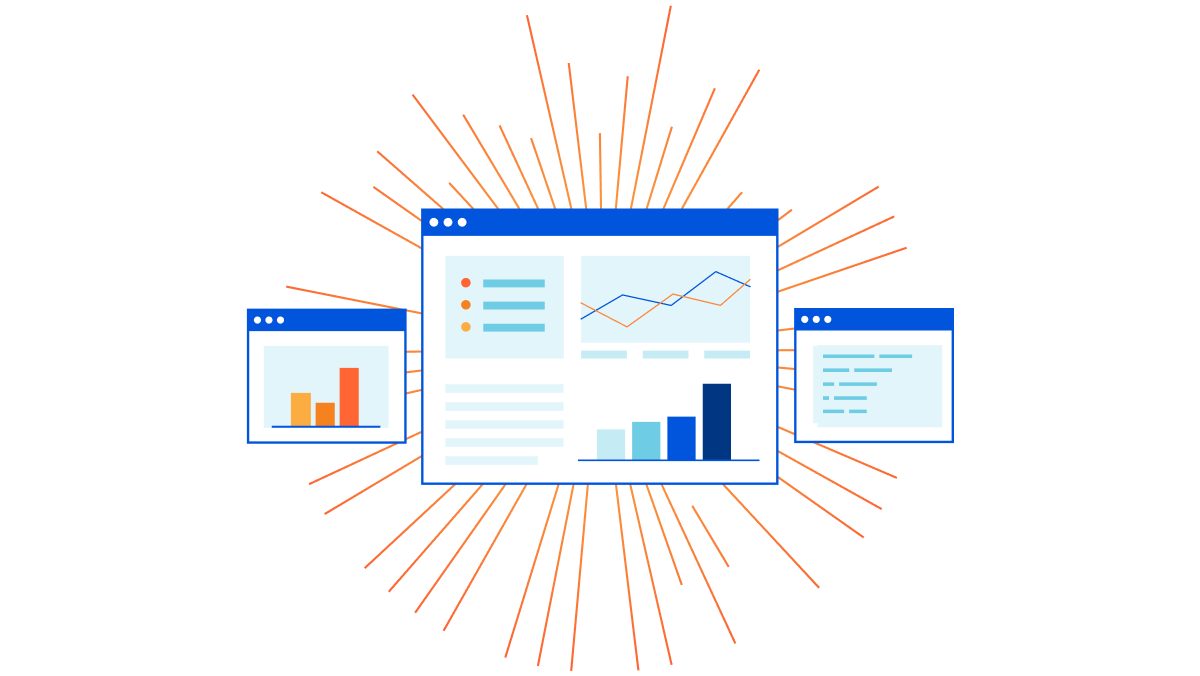
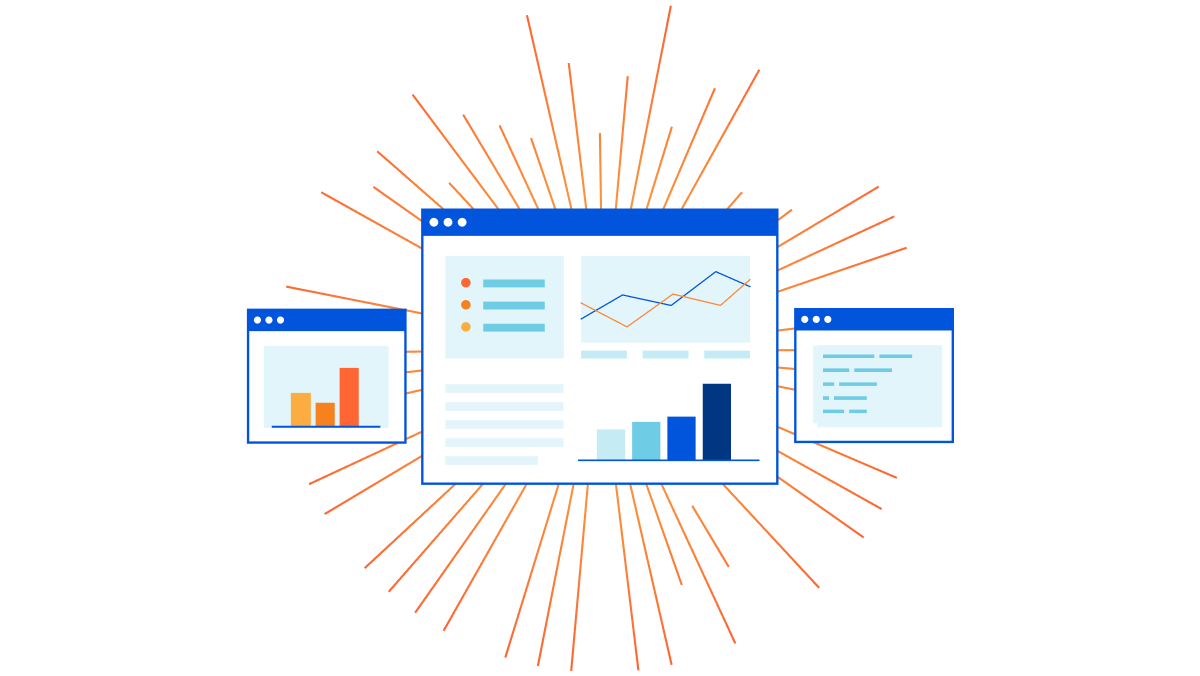
Web Analytics is Cloudflare’s privacy-focused real user measurement solution. It leverages a lightweight JavaScript beacon and does not use any client-side state, such as cookies or localStorage, to collect usage metrics. Nor does it “fingerprint” individuals via their IP address, User Agent string, or any other data.
Cloudflare Web Analytics makes essential web analytics, such as the top-performing pages on your website and top referrers, available to everyone for free, and it’s becoming more powerful than ever.
Earlier this year we merged Web Analytics with our Browser Insights product, which enabled customers proxying their websites through Cloudflare to evaluate visitors’ experience on their web properties through Core Web Vitals such as Largest Contentful Paint (LCP) and First Input Delay (FID).
It was important to bring the Core Web Vitals performance measurements into Web Analytics given the outsized impact that page load times have on bounce rates. A page load time increase from 1s to 3s increases bounce rates by 32% and from 1s to 6s increases it by 106% (source).
Now that you know the impact a slow-loading web page can have on your visitors, it’s time for us to make Continue reading


Over the past few years, we’ve seen an increasing use of Internet shutdowns and cyberattacks that restrict the availability of information in communities around the world. In 2020, Access Now’s #KeepItOn coalition documented at least 155 Internet shutdowns in 29 countries. During the same period, Cloudflare witnessed a five-fold increase in cyberattacks against the human rights, journalism, and non-profit websites that benefit from the protection of Project Galileo.
These disruptive measures, which put up barriers to those looking to use the Internet to express themselves, earn a livelihood, gather and disseminate information, and participate in public life, affect the lives of millions of people around the world.
As described by the UN Human Rights Council (UNHRC), the Internet is not only a key means by which individuals exercise their rights to freedom of opinion and expression, it “facilitates the realization of a range of other human rights” including “economic, social and cultural rights, such as the right to education and the right to take part in cultural life and to enjoy the benefits of scientific progress and its applications, as well as civil and political rights, such as the rights to freedom of association and assembly.” The effect of Continue reading